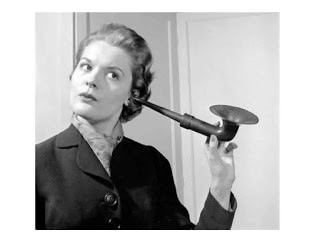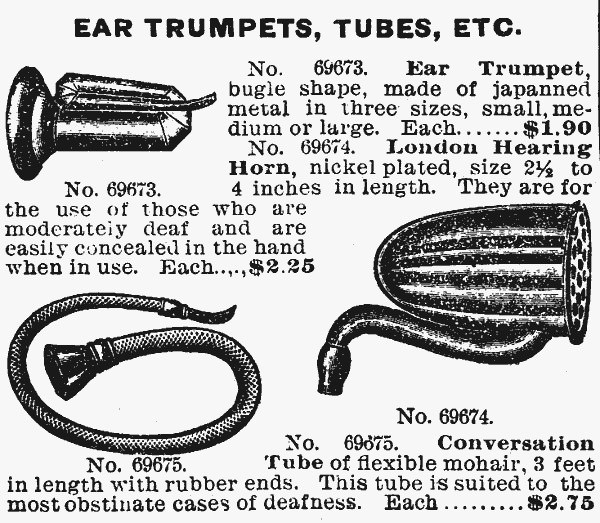Say What? Why Are Hearing Aids So Costly?
Digital technology was supposed to reduce the production cost of a hearing aid. After all, digital technology has also made consumer electronics far less costly: think of how the cost of an average flat screen TV has dropped over the last decade: A 20-inch flat screen TV cost $1,200 in 1999; it costs just $84 today.
In the last decade the price of an average Behind the Ear (BTE) hearing aid has more than doubled. Current pricing typically ranges from $1,500 to $3,500 per unit. Double that if you need one for each ear! And, adding insult to injury, health insurance does not pay for these aids for the typical senior.

The Leaders in Hearing Aids
Only two hearing aid manufacturers are located in the US: Starkey and Siemens. Denmark is home to three manufacturers: Widex, ReSound and Oticon. The three others, Unitron, Bernafon and Phonak are made in Canada, Switzerland and China, respectively. These companies farm out a key component of their aides to China, Taiwan and Singapore. This key component is a DSP chip (digital signal processing). So one would think that this would drive the cost down, as it does with TVs and most other electronic devices.

So Why the Exorbitant Price?
Only 8 to 10 percent of the total cost of hearing aids is associated with the actual production. The remaining wholesale costs include R&D, marketing, testing and overhead for the manufacturer. According to Audicus.com, “many argue that devices nowadays are over-engineered for the average user with mild or moderate hearing loss – however it gives manufacturers an excuse to charge higher prices by introducing “newer and better” models. Think about it this way: if you need to get from A to B, a Rolls Royce would definitely make the ride more enjoyable than a Honda. But the Honda will get you from A to B just as well, in a safe and comfortable manner. It seems that when it comes to hearing aids you don’t have the choice to opt for the Honda: you are forced to buy the Rolls Royce.”!

Alternatives to High Priced Hearing Aids
Ear horns from the 17th and 18th century are probably not a great alternative for The Silent and Greatest Generations! First of all, they’re hard to find. Secondly, they’re rather bulky and glaring.
It’s important to understand that only an audiologist can determine what hearing aid is best for your particular hearing loss. Before you order a “Miracle Ear” or run to Costco to purchase their affordable hearing aids, be sure to consult with an audiologist, or you might find you’re throwing good money after bad.
For more information click on the links below:
For more from Virginia Tortorici, click here.